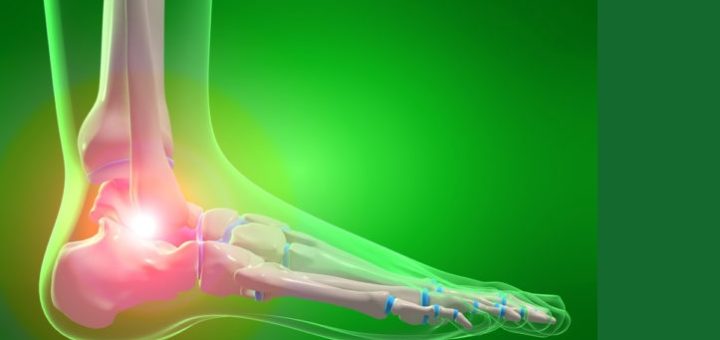Running is an exhilarating activity, offering physical benefits and a sense of accomplishment. For many runners, heel pain may disrupt their training routines and overall enjoyment of the sport. While heel discomfort is a common issue, understanding its causes and exploring potential solutions help athletes and fitness enthusiasts keep moving forward.
Common Causes of Heel Pain in Runners
Heel pain occur for a variety of reasons. Often, it results from overuse, biomechanical factors, or improper footwear. Below are some of the most common causes that runners experience.
- Plantar Fasciitis
Perhaps the most frequently mentioned source of pain, plantar fasciitis occurs when the band of tissue running along the sole becomes irritated or inflamed. This condition often causes sharp pain near the heel, particularly during the first steps in the morning or after prolonged periods of sitting.
- Heel Spurs
Heel spurs are bony growths that develop on the underside of the heel. While they don’t always cause discomfort, they may exacerbate pain when combined with conditions like plantar fasciitis. Runners may notice heightened sensitivity or discomfort during longer training sessions.
- Repetitive Stress Injuries
Continuous running or intense training schedules lead to repetitive stress injuries. When the soft tissue and bone in the heel experience repeated impact without sufficient recovery time, discomfort or pain develops.
Factors Contributing to Heel Pain
Several factors increase a runner’s vulnerability to pain. Identifying and addressing these elements is key to finding relief and preventing further discomfort.
- Improper Footwear
Shoes that lack proper cushioning or arch support can contribute to heel pain. When running shoes don’t distribute impact evenly, excessive strain is placed on the heel and surrounding areas.
- Training Mistakes
Sudden increases in mileage, intensity, or frequency can also lead to heel discomfort. Overtraining places unnecessary stress on the feet, contributing to strain and the likelihood of injury.
- Biomechanics and Foot Shape
Flat feet, high arches, or an improper running gait can exacerbate stress on certain parts of the foot, including the heel. These factors can create an uneven distribution of weight that impacts comfort and performance.
Preventing Heel Pain for the Long Run
While addressing heel pain is key, prevention remains an equally key aspect for runners. Following these preventive measures helps with more enjoyable and pain-free running sessions. Always warm up before heading out for a run. Light jogging, dynamic stretches, and mobility exercises can prepare your muscles, tendons, and joints for the activity ahead. Maintaining a balanced training routine is also key. Alternate high-intensity with low-intensity workouts, and incorporate strength training and flexibility exercises to improve overall body mechanics and reduce strain on the feet.
Equally key is learning to listen to your body. Pay attention to any discomfort, and avoid pushing through pain. Early intervention can prevent a minor issue from escalating into a more serious problem. By being proactive and mindful, you better protect your feet and enjoy running with confidence and consistency.
Keep Running Without the Pain
Heel pain doesn’t have to derail your running goals. By understanding its causes and taking proactive steps to address it, you may reduce discomfort and enjoy a more fulfilling running experience. Evaluate your training practices, footwear, and recovery routine to keep your heels healthy for the miles ahead. Every runner’s situation is unique. If discomfort persists, consulting a specialist can help tailor strategies to your specific needs. Stay consistent with prevention and recovery strategies, and you’ll soon be back to achieving your fitness milestones.


Leave a Reply